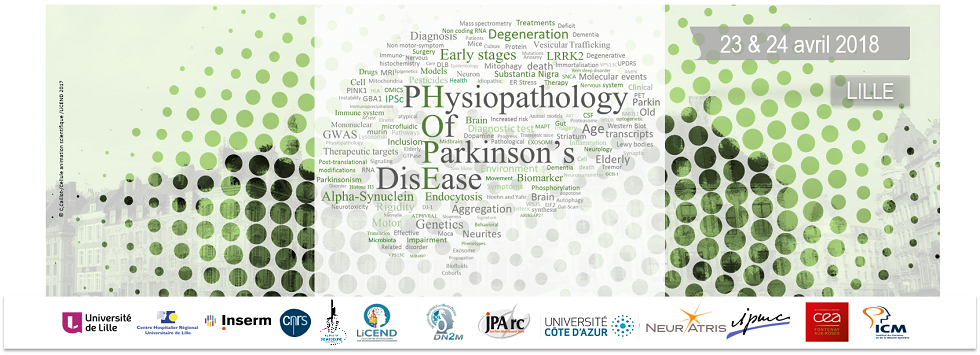Introduction.
Mutations in the gene encoding leucine-rich repeat kinase 2 (LRRK2) are one of the most common genetic causes of Parkinson's disease (PD). LRRK2 is a highly phosphorylated protein and one particular phosphosite cluster (S910-S935-S955-S973) is dephosphorylated in several disease mutant forms of the protein, in sporadic PD brain and after pharmacological LRRK2 kinase inhibition. This indicates that phosphatases play an important role in LRRK2 cellular regulation. Through a reverse genetics screen we previously have identified candidate phosphatases of LRRK2. Therefore, the aim of this study is to validate candidate phosphatases regulating the LRRK2 phosphorylation cycle.
Methods.
We first analyzed functional interaction of LRRK2 with candidate phosphatases by immunofluorescence microscopy in HEK293T cells, under basal and dephosphorylation conditions. We also injected Xenopus oocytes with combinations of PP2A phosphatase for a kinetic analysis of LRRK2 dephosphorylation. Expression of selected candidate LRRK2 phosphatases was modulated using lentiviral vector and CRISPR/Cas9 technology in SH-SY5Y neuroblastoma cells.
Results.
A close association of LRRK2 with a subset of candidate catalytic and regulatory subunits of PP1 and PP2A was observed. LRRK2 preferentially interacts with PPP1CA as well as PPP2CA and PPP2CB. Our kinetic analysis in a physiological system shows an increase of dephosphorylation of LRRK2 at S935 when both catalytic and regulatory subunits of PP2A were injected compared to the injection of the catalytic subunit alone. CRISPR/Cas9 constructs used to alter expression of PP1 and PP2A subunits will be used to confirm phosphatase holoenzymes regulating LRRK2 phosphorylation.
Conclusions.
Based on our previous work identifying several phosphatases in LRRK2 phosphoregulation and the present validation experiments, we confirm the importance of PP1 and PP2A for regulating LRRK2 phosphorylation. This study will guide future work exploring LRRK2 phosphorylation as both a disease and pharmacodynamics biomarker.
- Poster

 PDF version
PDF version

